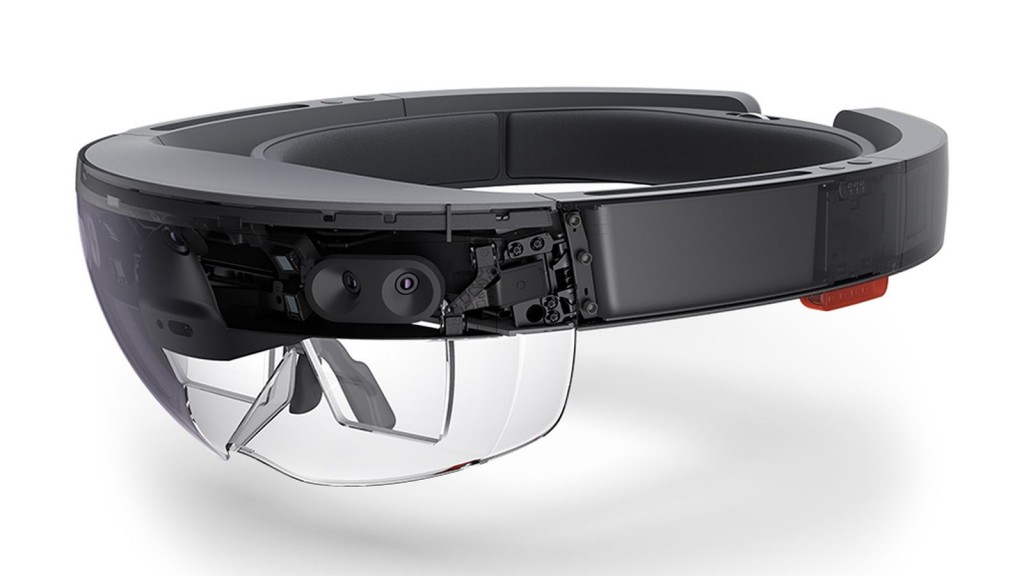When Apple releases its highly anticipated iPhone 8 this month, many of us in the digital world expect it will include native AR capabilities that will unleash a tidal wave of new technology.
AR, or Augmented Reality, will begin to characterize interactive digital technology more and more, and it’s likely that, within five to ten years, AR will be one of the primary ways we interact with electronic information. At Jackson, we have a digital team that creates digital interactive media, and we believe that AR requests will become very normal for us. We want to stay ahead of the tidal wave and surf it rather than get drowned underneath it and then be forced to play catchup.
We’ve been honing our VR and AR skills for some time, and we’re watching as technologies like miniaturization, camera technology, display technology and powerful mobile processing all continue to mature and converge to make AR a viable marketing tool for our clients.
For those unfamiliar with AR and VR, here’s a quick description. Virtual Reality and Augmented Reality leverage similar technologies, but they’re used for different purposes. A classic example of VR is a gamer wearing a device that completely covers his or her eyes, seeing only what’s displayed by that device and nothing else. The purpose is to get you out of your world and put you into a totally different world—to immerse you into another world as fully as possible.
AR uses similar technology (such as motion tracking) but rather than take you from your world into another, it introduces information into your world to help you more deeply engage with it. AR wants to take you deeper into your world by synthesizing a digital layer of information into your world. The most familiar examples of AR are Pokémon Go placing famous Pokémon characters in our paths for capture and Snapchat letting us spew stars and rainbows.
In May of this year, Apple announced ARkit, which is an augmented reality development framework available to iOS developers. This software uses data from your camera to map the geometry of a room. We’ve created several prototypes for clients using this technology, including one app that allows a user to stand in any location, open the iPad app, and the iPad will identify where the floor is and how far away it is. An interactive, animated 3D model of a truck tire will appear exactly to scale in the location of your choosing, and the user can use the iPad to explore and learn about the tire as if it were actually sitting on the floor in the room. It’s a remarkable experience; the people who have demoed the app say it genuinely tricks your brain into thinking that the object is actually there. If native AR on the iPhone 8 will indeed arrive in September, then this sort of interaction with virtual information that appears seamless with the real world will become increasingly commonplace.
The prototype I just described certainly has a cool factor that wows during presentations. But how do we anticipate brands using AR technology to market their products and services?
What digital information do you have right now that you would like to bring off the screen or off printed paper so that people could interact with it as though it was seamless with the real world? If you can answer that question, you have an awesome use case for AR. With AR, your customers can walk through a showroom, point their phones at a tire and learn everything about that tire in that location without having to visit a website or search through a catalog. Digital information, such as internal layers of the tire, can be displayed in 3D computer animation to help you see and understand some of the internal organs of the tire that you otherwise couldn’t possibly see.
This technology is also very valuable for brands that have pricey products marketed through dealer networks. Rather than keeping a large inventory of expensive products in-house, dealers could have an AR catalog with the means to digitally display products to scale as if they are in front of you. You can rotate the product with your hand and get a fully animated video tour. You can zoom in and zoom out and get every bit of detail as if it were real. But it’s even more informational because you can see inside products, see how they’re made and understand what makes them better than the competition. With AR, you can interact with products more meaningfully and examine them in more detail before purchase.
 Part of the tidal wave that is coming includes “wearables,” such as Microsoft HoloLens and the Meta 2. Essentially, these are computers that you wear like glasses. They have small, viewable windows that project 3D holograms on the inside of the glasses that appear very real. You turn your head and the hologram disappears. You turn back and the hologram is there. These digital holograms behave and appear just like objects in the real world.
Part of the tidal wave that is coming includes “wearables,” such as Microsoft HoloLens and the Meta 2. Essentially, these are computers that you wear like glasses. They have small, viewable windows that project 3D holograms on the inside of the glasses that appear very real. You turn your head and the hologram disappears. You turn back and the hologram is there. These digital holograms behave and appear just like objects in the real world.
The Meta 2, for example, overlays high-resolution, photorealistic content on the physical world, while the clear visor allows you to see your immediate environment and lets you make eye contact with those around you. We’ve ordered our Meta 2 and expect it to arrive any day.
The tidal wave is building. Stay tuned.








